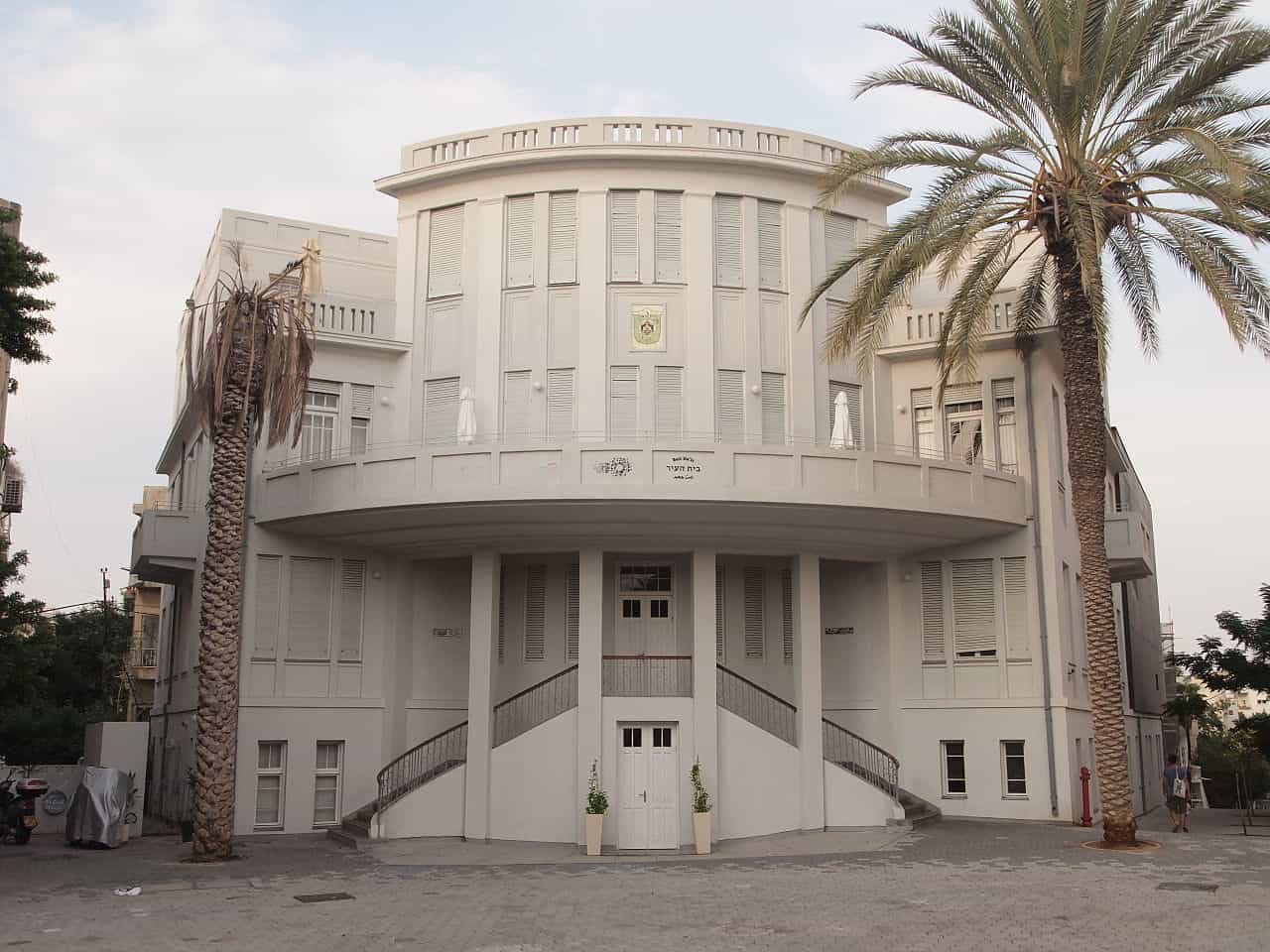Walking through the streets of Tel Aviv, Israel it’s not the numerous hotels, trendy restaurants, or even the small falafel and juice stands that stand out, but it’s the architecture that catches the eye. Very minimal and simplistic in structure, these square, flat-roofed and light coloured buildings line the streets.
 https://www.flickr.com/photos/visitisrael/
https://www.flickr.com/photos/visitisrael/
Bauhaus Architecture
Tel Aviv is known as the “White City” and was designated a UNESCO Heritage site in 2003 for the distinct type of architecture dotting the city, known as the Bauhaus style.
Bauhaus is a style of architecture dating from the 1920’s and 1930’s that originated in Germany. Bauhaus literally means “building houses”. Buildings are generally simplistic, lacking any unnecessary adornments or decorations. Made from cheap and simple concrete,most of these bright white buildings have flat roofs, clean lines, smooth facades and cube shapes, making them very functional.
Tel Aviv was originally a sand dune, just north of the city of Jaffa. In 1910, the Jews living in Jaffa decided to found a new town, calling it Tel Aviv, meaning “Hill of Spring or Rebirth”. The original plan was to create a garden-city, with single-floor houses surrounded by a garden. As Tel Aviv continued to grow, many Jews immigrated from other parts of Europe. Many of these immigrants were European architects who brought a mix of cultures and styles to Tel Aviv. The majority of houses were built in the 1930’s and many were influenced by the Bauhaus style, which originated in Germany, and was gaining popularity in other parts of Europe. This style, being very simplistic, also meant it was quick, easy and cheap to build.
 https://www.flickr.com/photos/ohadby/
https://www.flickr.com/photos/ohadby/
As Tel Aviv is warmer than Germany where the style originated, certain elements were modified to accommodate the Israeli climate. Narrow horizontal windows and deep balconies allowed the breeze to flow in, while keeping the apartments and houses shaded and cool. Free standing homes meant the air could circulate between the houses. Many houses are also built on pillars, allowing the air to circulate underneath as well.
Early Influences
The first phase of building began in the 1920’s and had a variety of influences, as many of the designers and architects were newly emigrating Jews, from various places in Europe. This resulted in a ‘mish-mash’ of styles; symmetrical designs, Roman arches, domes, and ornaments and Jewish motifs such as the Star of David and menorahs. This is evident in many of the homes along Rothschild Boulevard, notably Levin House with its arches, extending balconies and staircase leading up to a pagoda.
Other buildings along the same street, such as Freidman House, Krieger House and Ginossar Ben Nahum Hotel,demonstrate the same eclectic style, even to Greek inspired sculpture.
Further north, other examples can be found along Bialik Street. Beit Ha’ir (the Town Hall), Bialik House, Shlomo Yaffe’s House and the Felicja Blumental Music Center demonstrate the eclectic style, including pointed arches, renaissance styled arches, wooden balconies and tall, narrow windows.

Dizengoff Square, located in the centre of the city, is notable for several buildings along the perimeter of the square. Characterized by horizontal windows, flat roofs and deep, curved balconies, these buildings date from the 1930’s and represent a more traditional Bauhaus style.
Neglect
Even though the city has been designated a UNESCO heritage site, many buildings are not kept up and maintained to Western standards. In recent years, many wealthy developers and investors have spent money repairing and renovating these buildings, but work in still ongoing and many look quite neglected. Facades are crumbling, graffiti adorns the walls, and many buildings are empty and abandoned.
The tourist office provides a free map and independent walking tour, highlighting the most notable houses worth viewing. There is also a free walking tour every Saturday morning, led by a very informative and local guide. For more information, visit http://www.white-city.co.il.


